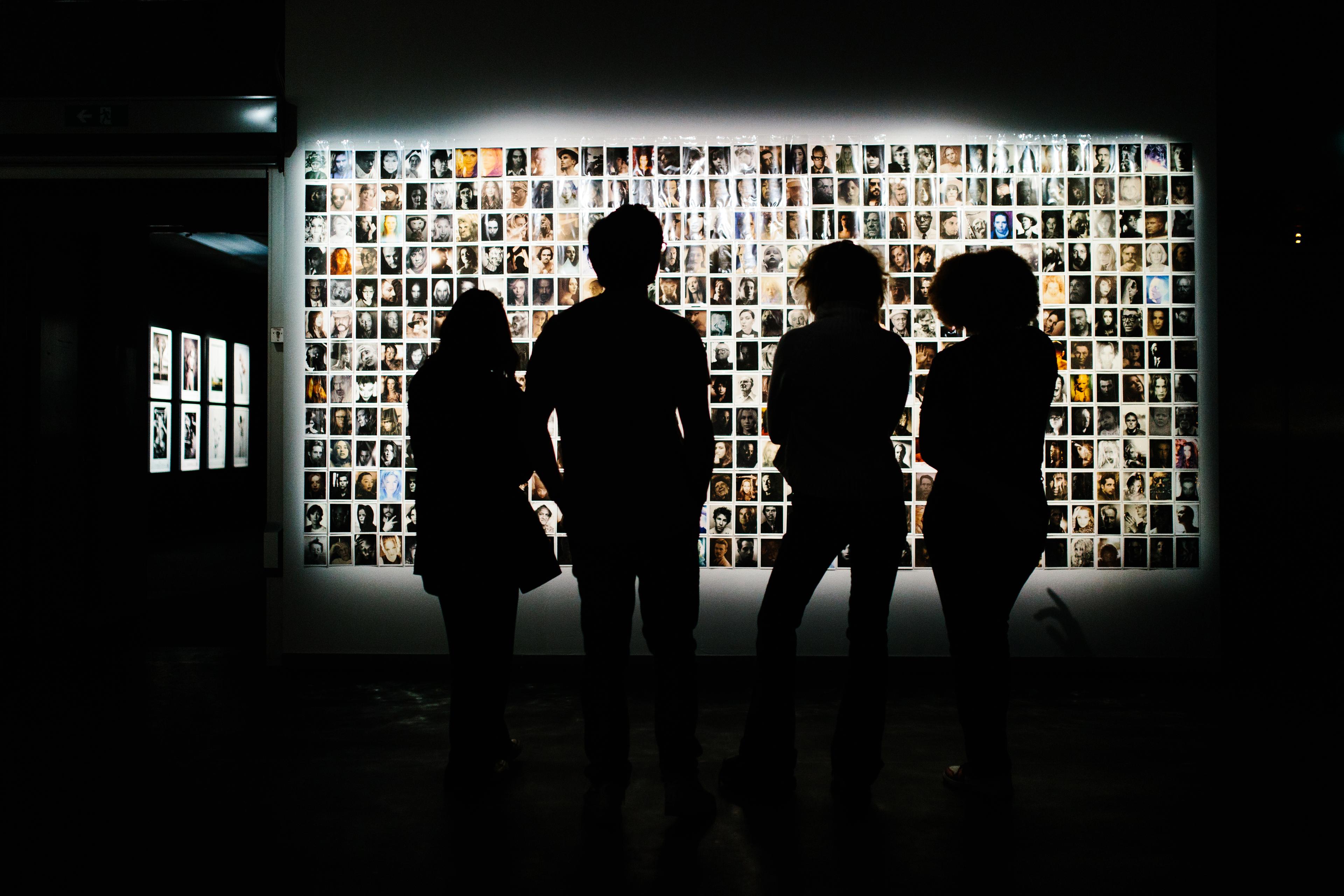Front page
the contemporary museum of photography, art & culture

Inspiring new perspectives
We believe photography is an inclusive medium with a unique ability to shape emotions, convey stories and effect change. Our dynamic and unparalleled exhibitions, spanning various genres, aim to engage, entertain and challenge.
About